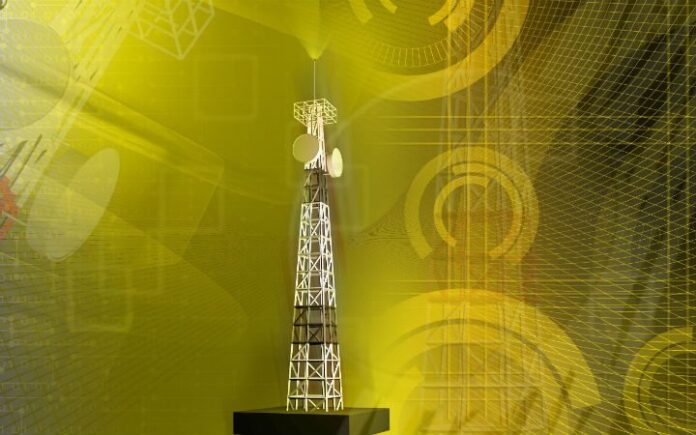FCC move could bolster Wi-Fi services
The 600 MHz spectrum band is set to garner some unlicensed neighbors as the Federal Communications Commission adopted rules allowing unlicensed devices access to so-called “white spaces” within the band.
The move comes as part of a claimed modernization of Part 15 rules designed to provide more capacity for unlicensed devices. Those being allowed into the unused 600 MHz white spaces include “fixed and personal/portable white space devices and unlicensed wireless microphones.” Those devices will be required to not interfere with current operations in those bands.
Specific bands noted in the ruling include the duplex gap and guard bands, and channel 37, which is shared with medical telemetry and radio astronomy equipment. The FCC acknowledged that moving forward there could be less unlicensed capacity in the 600 MHz band pending the outcome of its complicated 600 MHz incentive auction proceedings, though it’s looking to make sure there are at least three channels available for unlicensed use nationwide.
Subscribe now to get the daily newsletter from RCR Wireless News
Currently, unlicensed devices mostly operate in the 2.4 GHz band, which has become increasingly congested due to the rise of Wi-Fi equipped devices. Many devices also now include support for the unlicensed 5 GHz band, though that band is also beginning to experience congestion issues.
The FCC earlier this year adopted rules opening up 150 megahertz of spectrum in the 3550-3700 MHz bands for use by licensed and unlicensed devices under a spectrum sharing plan. The FCC explained the sharing plans as a spectrum access system that uses cloud computing technology for spectrum management. The SAS system would operate similar to the TV White Spaces database operated by Google in governing use of the 3550-3650 MHz bands.
Bored? Why not follow me on Twitter

